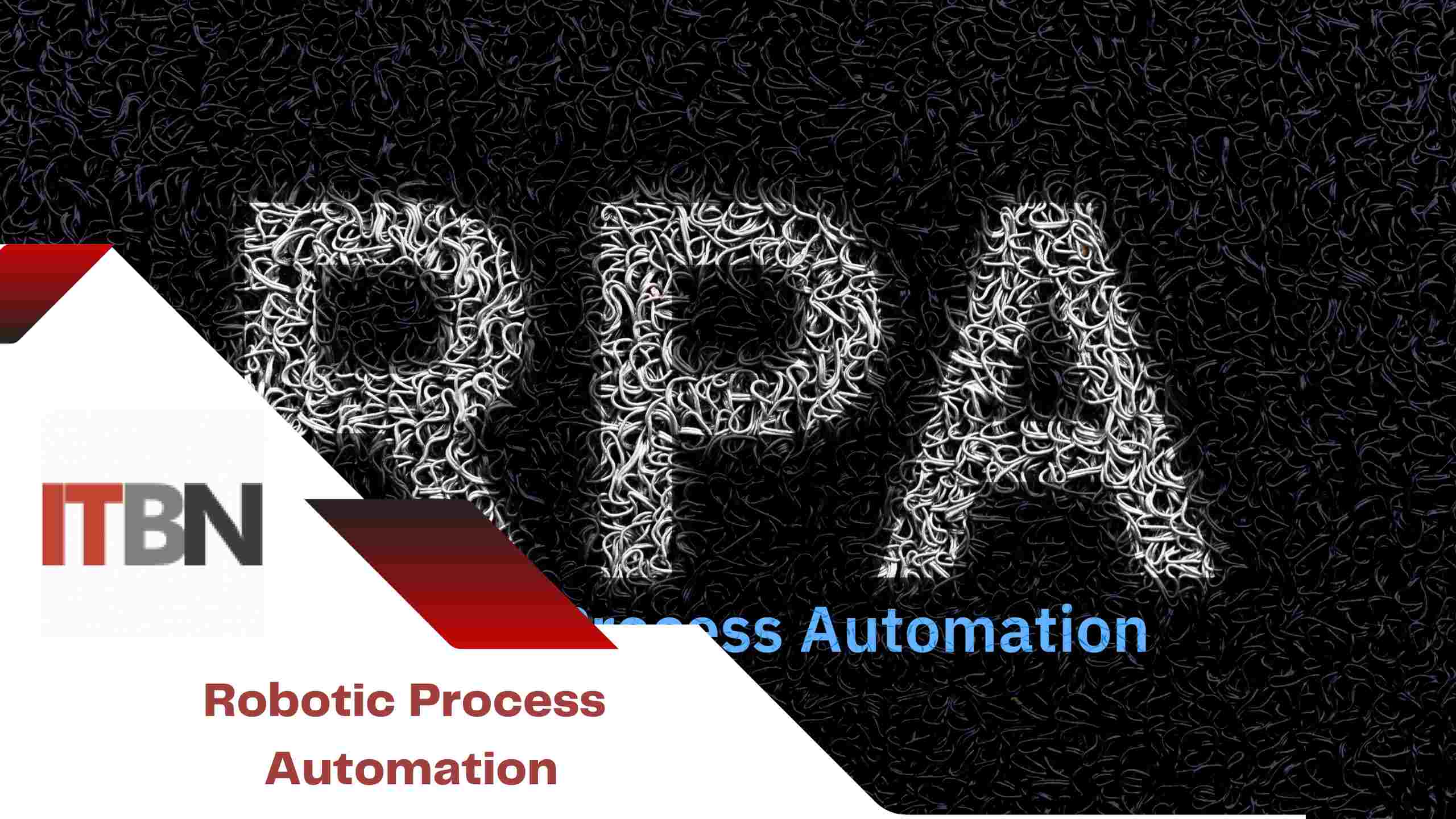Robotic Process Automation

In recent years, Robotic Process Automation (RPA) has gained significant traction in the business world. RPA is a technology that allows businesses to automate repetitive and routine tasks using software robots or bots. These bots are programmed to mimic human actions and interact with computer systems, just like a human would. RPA is a rapidly growing field, with many businesses adopting this technology to improve their efficiency and productivity. In this article, we’ll take a closer look at RPA, its benefits, and some of the challenges that businesses may face when implementing it.
What is Robotic Process Automation (RPA)?
Robotic Process Automation (RPA) is a software technology that uses bots or software robots to automate repetitive tasks. These tasks can be anything from data entry to report generation, email processing, and more. RPA bots are designed to interact with computer systems, just like humans would. They can work with multiple applications and systems, extract data, process information, and even make decisions based on predefined rules.
RPA is a form of business process automation, and it differs from traditional automation in that it does not require any coding or programming skills. Instead, RPA bots can be trained to perform specific tasks by simply recording the steps taken by a human worker. This makes RPA much faster and more cost-effective than traditional automation methods.
Benefits of Robotic Process Automation
There are several benefits of using RPA in a business setting. Here are some of the most significant advantages:
- Improved efficiency: RPA can perform tasks much faster than humans, which can significantly improve efficiency and productivity. This allows businesses to complete more work in less time, which can be particularly beneficial in time-sensitive operations.
- Cost savings: By automating routine tasks, businesses can save a considerable amount of money on labor costs. This is particularly true for businesses that rely on manual labor for repetitive tasks such as data entry.
- Enhanced accuracy: RPA bots are programmed to follow predefined rules and guidelines, which makes them less prone to errors than humans. This can improve accuracy and reduce the likelihood of costly mistakes.
- Scalability: RPA bots can be easily scaled up or down, depending on business needs. This allows businesses to adjust their operations based on changing demands, without incurring additional labor costs.
Challenges of Implementing Robotic Process Automation
While there are many benefits to implementing RPA, there are also several challenges that businesses may face. Here are some of the most significant challenges:
- Integration: RPA bots need to be integrated with existing business systems and processes, which can be challenging. This requires a deep understanding of the business processes and systems, as well as the technical expertise to implement the integration.
- Security: RPA bots interact with sensitive business data, and as such, security is a significant concern. Businesses need to ensure that their RPA solutions are secure and that they comply with relevant regulations and industry standards.
- Maintenance: RPA bots need to be regularly maintained and updated to ensure that they continue to function correctly. This can be a significant challenge for businesses that do not have the technical expertise or resources to manage the bots effectively.
- Change management: Implementing RPA can be a significant change for businesses, and it can be challenging to manage the transition effectively. This requires careful planning and effective communication to ensure that all stakeholders are informed and prepared for the change.



